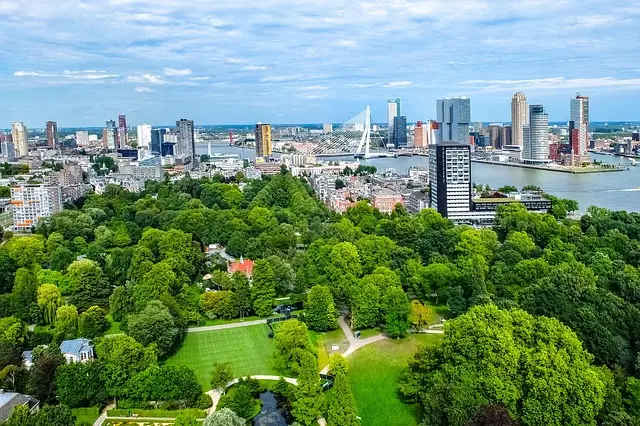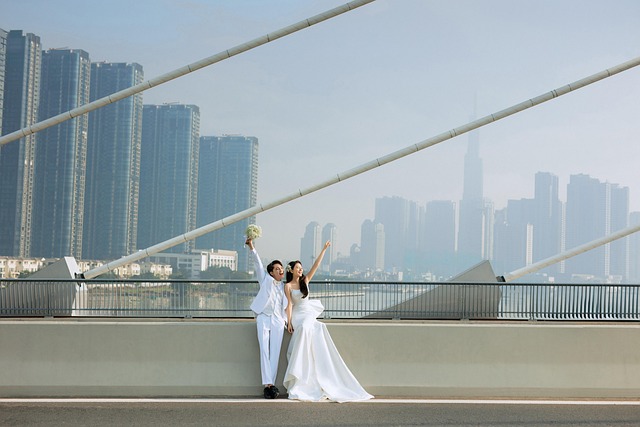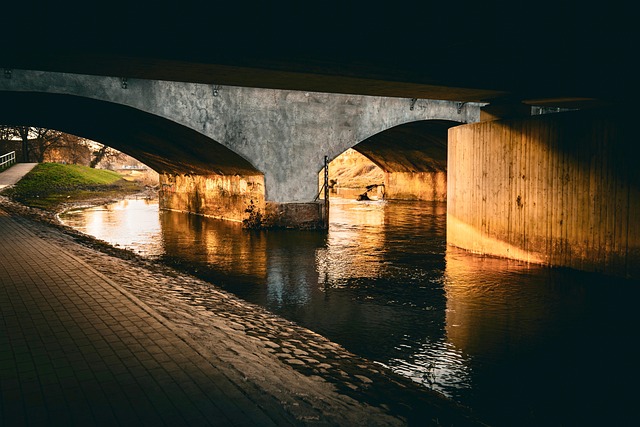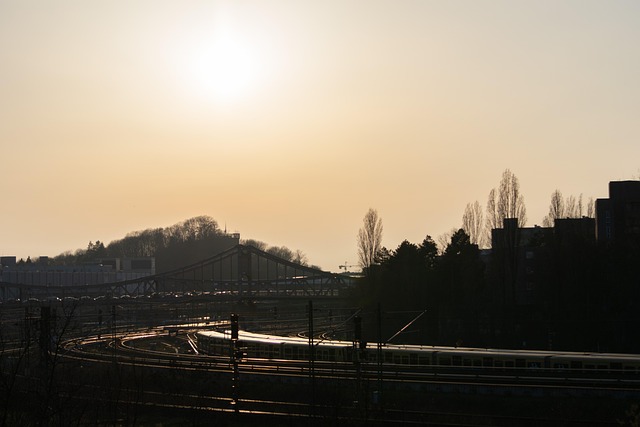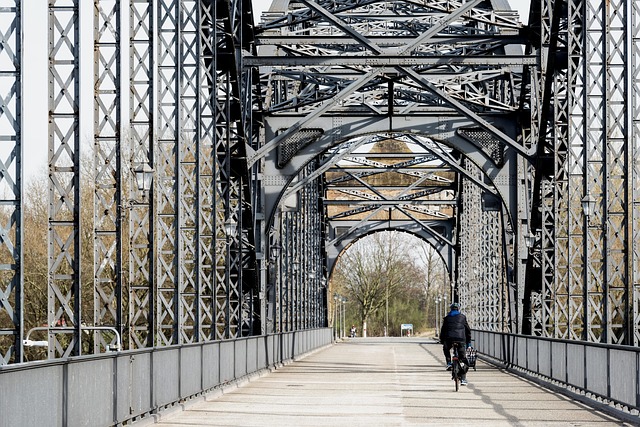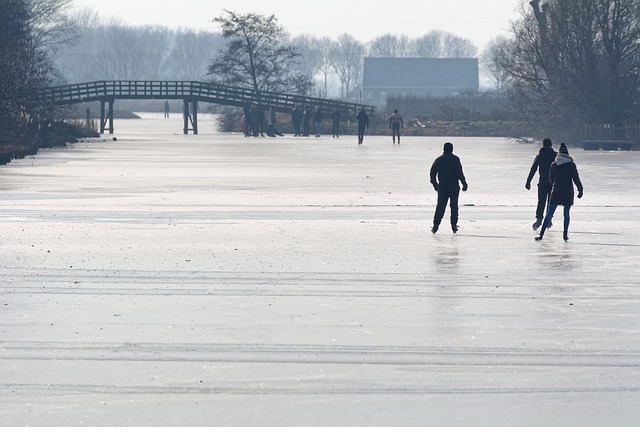Soil compaction significantly impacts urban soil health, affecting tree performance and root architecture. Compacted soils limit root expansion, reduce water and nutrient uptake, and hinder the development of mycorrhizae networks, which are vital for tree nutrition and resilience[3]. Recent studies have revealed a previously unknown, deep underground root system that plays a crucial role in nutrient acquisition and stability[1]. Understanding these root systems through advanced technologies like Ground Penetrating Radar (GPR) and machine learning provides valuable insights into root architecture and soil dynamics[2]. This knowledge is essential for designing resilient urban landscapes that support healthy tree growth despite the challenges posed by compacted soils.
Mycorrhizae networks, formed by the symbiotic relationship between tree roots and fungi, enhance nutrient and water absorption, particularly in compacted urban soils[3]. These networks are influenced by soil microbial ecology, which varies in urban ecosystems due to factors like pollution and limited organic matter[3]. The density dependence of tree growth, influenced by temperature gradients and mycorrhizal types, further complicates urban tree management[5]. Research into bioinspired resilient design, drawing from natural root systems, offers promising solutions for improving foundation and coastal engineering in urban environments[4]. Integrating these findings into urban planning can lead to more sustainable and resilient city landscapes.
